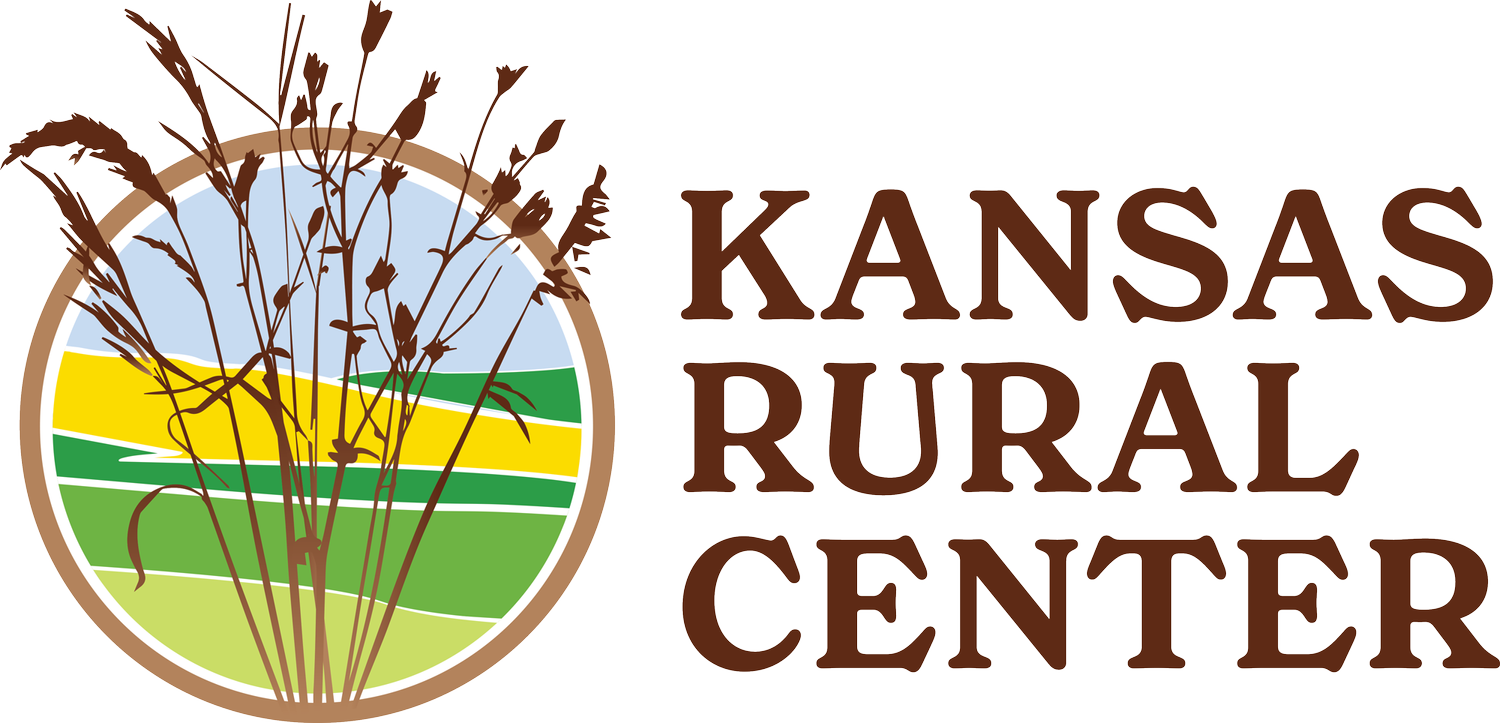Food is Medicine: Rising to Meet the Need
Charlotte and Teresa were recently invited to join a convening of partners from across Kansas to explore the role of Food is Medicine, and how this movement could spark greater demand for healthy, locally grown food. This convening was organized by the Sunflower Foundation. The conversation centered on one central question: How can we rise together, as producers and organizations, to meet this opportunity?
The group worked to identify both strengths and limitations, recognizing the assets already in place, the obstacles that stand in the way, and the resources required to move forward. Food is Medicine presents a chance to improve individual helath, while strengthening local economies. In practice, this could look like healthcare providers prescribing nutritious foods from nearby farms, producers securing more stable markets tied to community health, and food hubs and banks consistently offering more Kansas-grown produce. With coordination, investment, and a clear mission, Food is Medicine has the potential to become a key driver of local food production in our state.
What assets do we already have to advance local food?
Farmers and land
Farmers markets
Federal funds for FIM programs
Food banks and pantries
Grocers
Healthcare systems and insurance
Kansas Department of Agriculture
KC Food Hub
K-State
Food Policy Councils
Politicians and policy allies
Tribal partnerships
Regional collaboration networks
What kind of challenges are we facing?
Buyer’s time and attention
Access to and use of data
Defining roles and responsibilities
Market disruptions
Long distances and transportation costs
Education and awareness
Funding limitations
Infighting or misaligned values
Liability and risk management
Securing long-term commitments
Mission creep
Operations costs
What resources do we need to overcome these challenges?
Community buy-in and public outreach
Coordinators to connect partners
Farmers to grow healthy food for the movement
Funding for programs and operations
Markets that link local food to healthcare
Clear policy language and supportive regulations
Transportation and storage infrastructure
Now it’s your turn: How can we rise together as producers, organizations, and community members to meet this need? What ideas do you have for making Food is Medicine successful in Kansas? Let us know at info@kansasruralcenter.org
Article by Charlotte French-Allen

